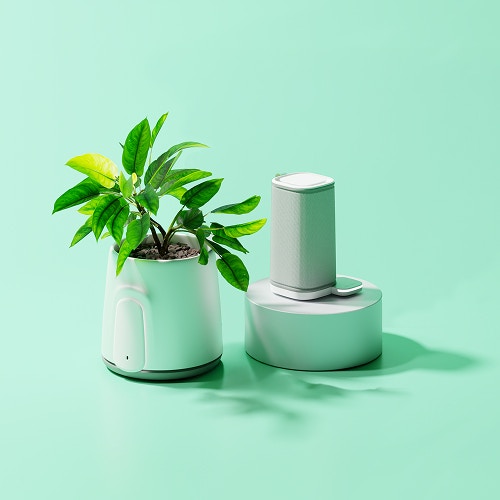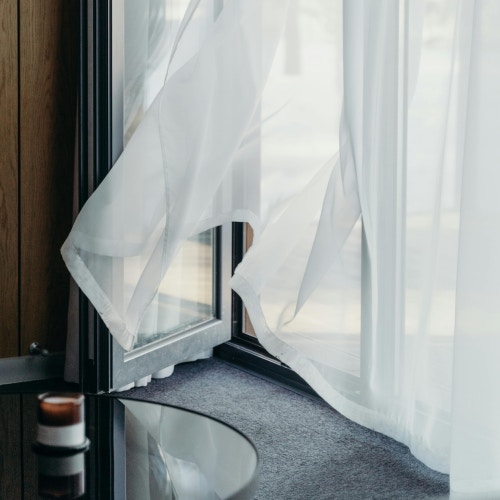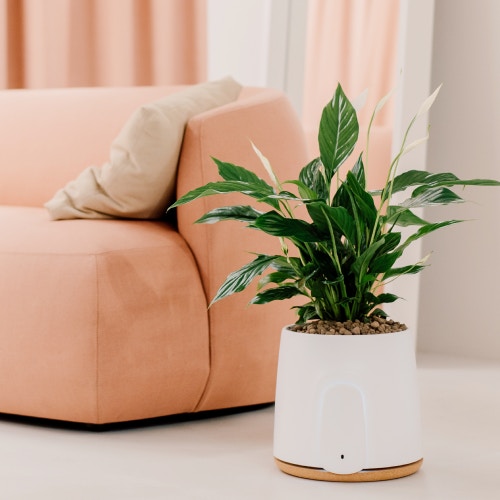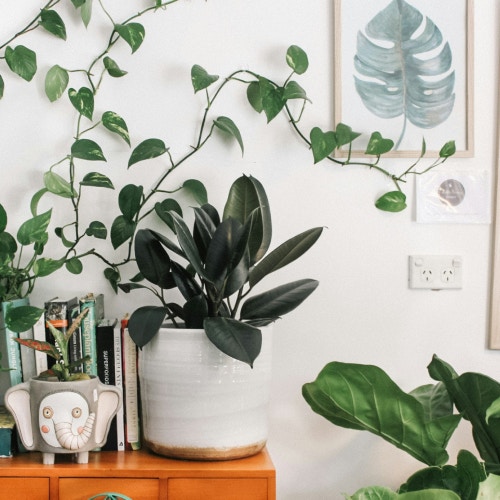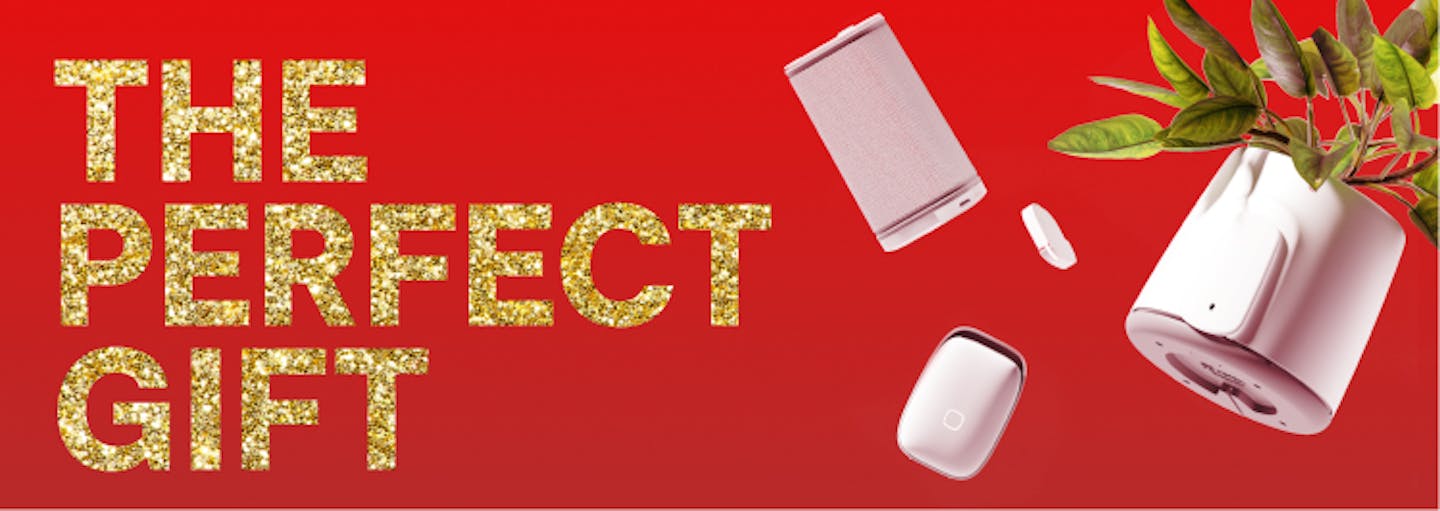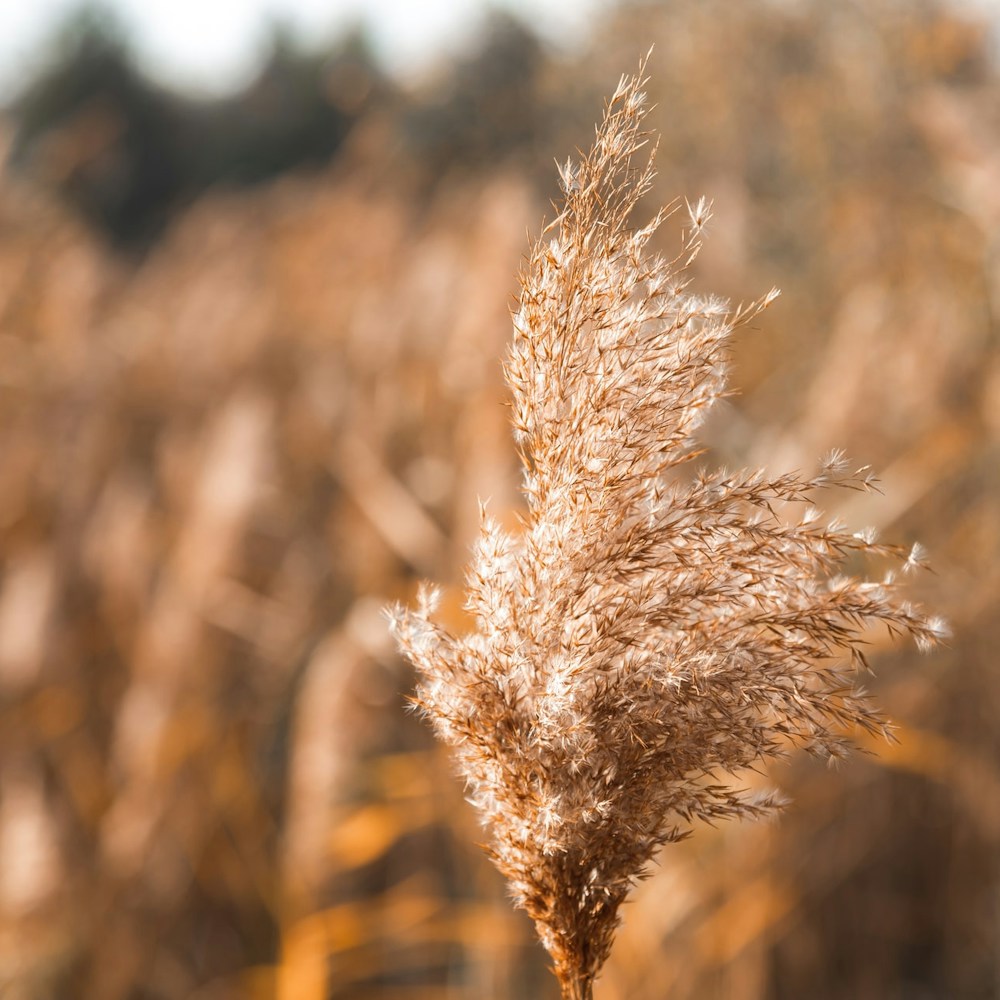
Allergy season: how to improve your indoor air
→
With the arrival of spring, allergies also appear. Discover how you can improve the air you breathe
Spring has come for months now. When the weather is nice, the only thing we want to do is stay outdoors and enjoy the warm sunny days. The trees are in bloom and you can breathe a different air. Unfortunately, spring, and especially the month of May, is the most difficult time of the year for allergy sufferers.
In fact, the Italian Association of Territorial and Hospital Allergists and Immunologists claims that due to the increase in temperatures and wind, May is the worst time for those suffering from pollen allergies. In Italy, for example, there are over 9 million people who are affected in this period by allergies to pollen and parietaries. The latter are the most aggressive and widespread allergens.
What can we do to improve the air we breathe and try to keep the most common allergies at bay during this time of the year? Let's find out together.
What allergies are and why do we have them?
The types of allergies are very numerous: to pollen, dust, food. What we will consider is pollinosis. This type of allergy is an allergic reaction that occurs seasonally in subjects hypersensitive to pollen from specific families of herbs, flowers and trees.
Depending on the area you are in, there are differences in sensitization to various pollen. In fact, the presence of allergenic granules is influenced by countless factors including the climate and the spread of the vegetation present in the area.
For example, in May, most of the pollen that cause allergies are from Grasses, Parietaria, Cupressaceae, Oleacee and Platanaceae. Only in the south the first half of the month sees the pollen production of the Betulaceae.
Grass allergy is one of the most common allergic forms in the world. It is estimated, in fact, that about 10-15% of the Italian population suffers from it. In the United States alone, an estimated 50 million people suffer from allergies. This type of allergy is not only widespread among adults, but children can also suffer from it.
What triggers the various allergic reactions - more or less serious depending on the person - is the dispersion of pollen into the environment during the flowering period, which usually takes place between March and September. There are many species responsible for allergies to grasses (over 12,000), but the most common are wheat, rye, barley, oats, corn, and rice.

What are the symptoms of allergies?
Allergic reactions are different from person to person and can be more or less severe. The main reaction that occurs inside our body is a response of the immune system that is activated by mistakenly identifying pollen as dangerous substance. The production of antibodies stimulates some immune cells to release histamine, a substance that promotes inflammation.
Seasonal allergies, and specifically to pollen, generally cause respiratory disorders such as:
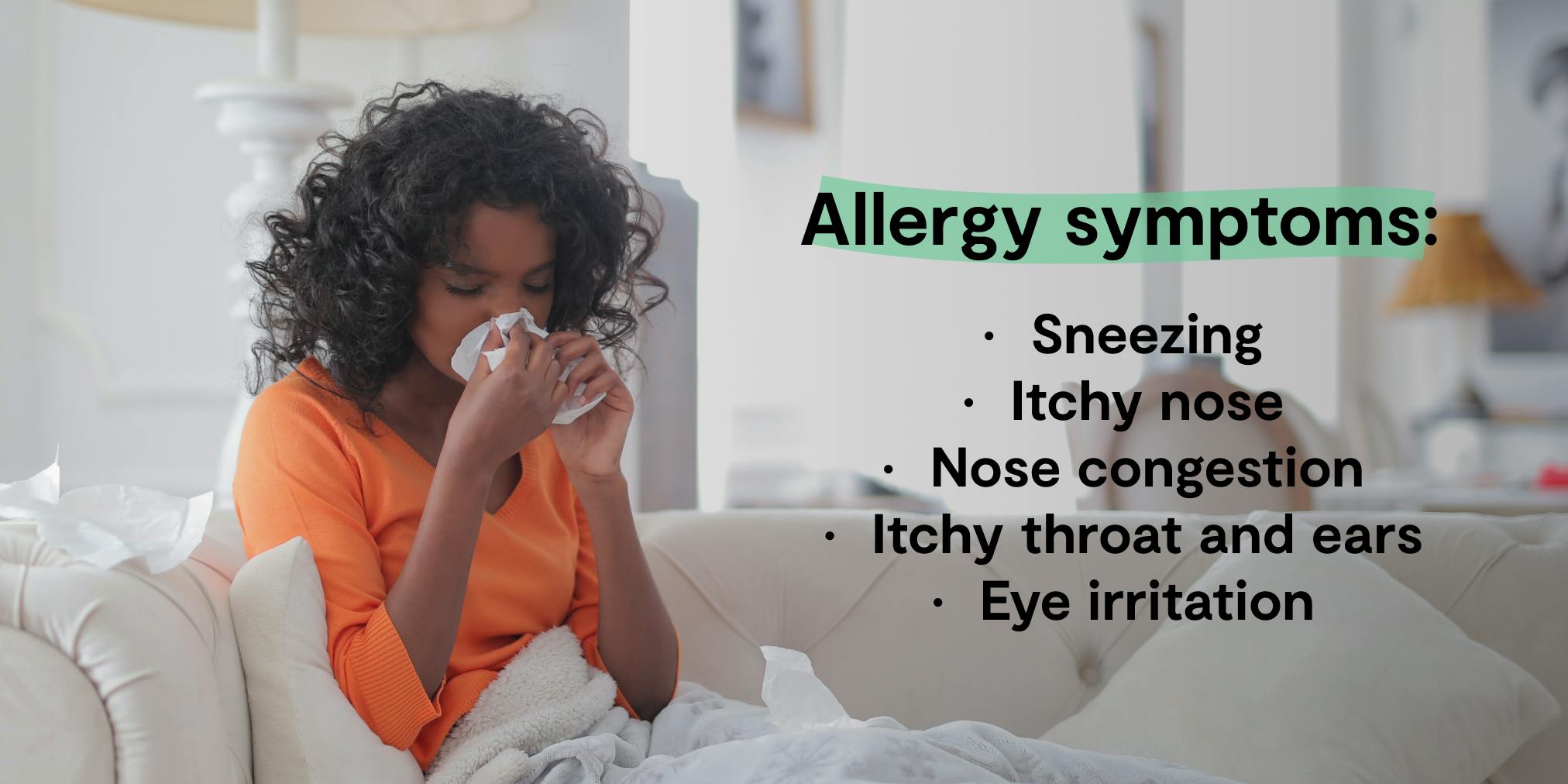
These are just some of the most common symptoms of seasonal allergies, especially to pollen, which are the most common. During these months it is essential to take precautions to avoid contact with pollen that cause allergic reactions as much as possible. In fact, allergies can be associated with more serious complications such as: asthma and anaphylactic shock.
Usually, the disorders begin to present themselves towards school age, rarely appearing before the third year of life.
It is also recommended to consult an allergist. A specialist has the ability to carry out a skin test. This way you are sure of your allergy and you also know which allergen. In fact, allergies to dust mites or molds can cause similar symptoms. The differences are noticed, in particular, in relation to the place and time in which the disturbances occur, so it is important to observe them carefully.
How to improve the indoor air we breathe
We need to have the security of living and working in a clean and pollen-free environment that can not trigger allergic reactions. This is why it is essential to make sure you are breathing clean and purified air.
First of all, we need to maintain an optimal level of humidity in the environment in which we live, avoiding too dry or too humid climates.
It's important to control the indoor air you breathe inside. During the most intense periods where pollens are noticed in the air, keep windows and doors of houses and/or offices closed. The house can be ventilated at times when the concentration of pollen in the air is the lowest.
In addition, it is important to avoid hanging the laundry outside during the flowering season and to wash face and hair often since pollen can deposit on the skin and clothes.

Monitor your indoor air with Natede
Thanks to Natede, the only natural and smart air purifier that works thanks to the power of plants, you can have total control of indoor air quality.
With its Vitesy Hub app, we have the ability to monitor the temperature, humidity, and levels of pollutants inside the air. Natede purifies the air inside your home or office and will allow you to breathe clean and healthy air. You can monitor:
- Volatile Organic Compounds (VOCs)
- Humidity
- Temperature
- PM 2.5
It is essential in this period to protect and monitor the air we breathe every day. Especially if there are also children in the house, it is important to take care of them and let them breathe clean air. For this Natede has different modes: just set the air purifier on performance to make it go to full capacity.
“As a person with high allergy I noticed when I used the Natede that my allergy reaction dropped, so it is no joke, it really works.”
An air purifier becomes a fundamental device in every home where people suffering from respiratory allergies live. Breathing purified air is an effective way to prevent allergies and any complications.
Natede eliminates pollutants and small particles inside the air. It is precisely its cutting-edge technology that, unlike classic air purifiers with HEPA filters, doesn’t keep the substances it has captured inside. But thanks to the photocatalytic filter it eliminates them instantly! This prevents the accumulation of pollutants inside the filter that can harm health.
